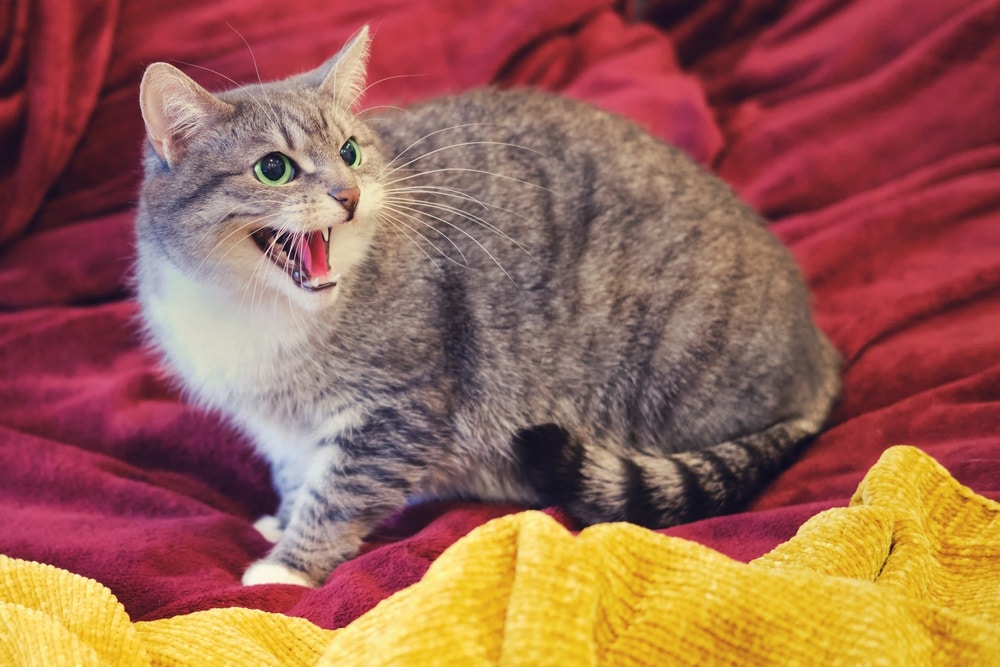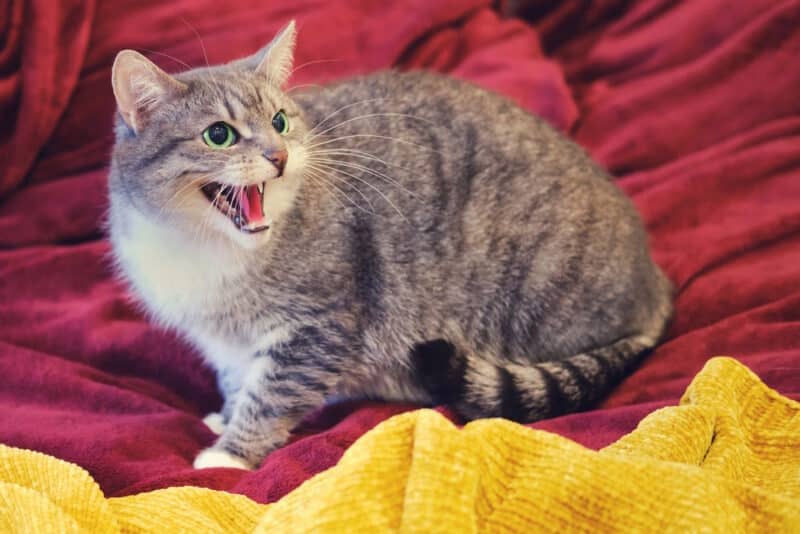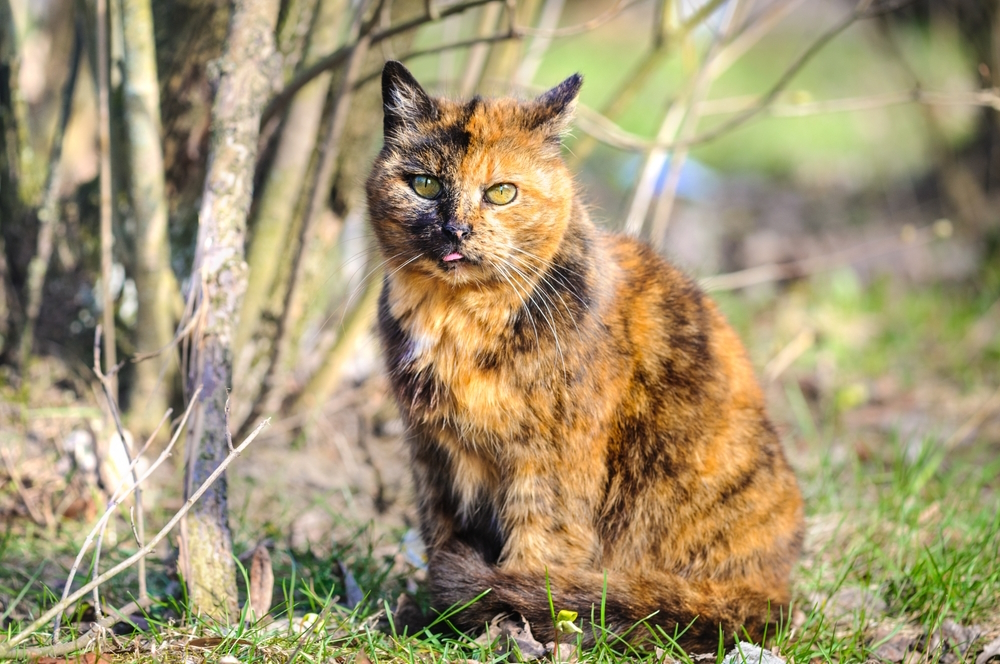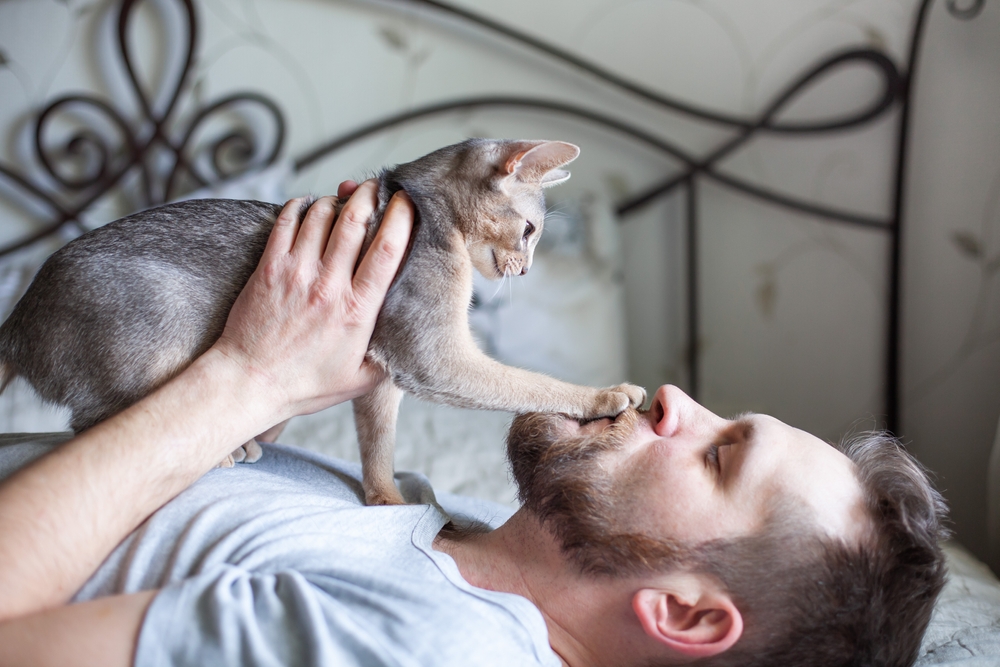When you get a new pet, you hope for the best. You want the cat to fit in with your household and all its members, humans, and other pets. The most common reason for unsuccessful adoptions is behavior, particularly with felines. So, what do you do when your cat starts resource guarding?
Pet owners have observed resource guarding in dogs and cats, although it occurs more often in the former. Nevertheless, it’s unacceptable, especially in homes with small children. Being a cat owner, you must learn to identify this behavior and its causes to manage it correctly.
What Is Cat Resource Guarding?
Resource guarding describes an animal’s aggressive behavior to protect something they value. The obvious thing is food or a favorite treat. However, it can also apply to a sleeping place or even a person’s lap. The cat merely acts on a desire to defend their territory, including their food and belongings. Several factors are believed to influence its development in pets, starting with genetics, anxiety, and a cat’s upbringing or socilization period.
Territoriality begins early in a kitten’s life, starting soon after their eyes open. Competition between their littermates ensues. It’s normal behavior and a survival instinct, as losing resources can mean the difference between life and death. It may seem out of place, but felines are still in touch with their wild side, even though humans domesticated them roughly 12,000 years ago. However, that doesn’t mean it’s appropriate for pets to exhibit this behavior.
The critical period to influence a cat’s behavior is between 2 and 7 weeks, known as the socialization period. It’s also a time when negative experiences can leave a long-lasting mark on feline behavior. Therefore, resource guarding may result from or be impacted by experiences at a very young age.
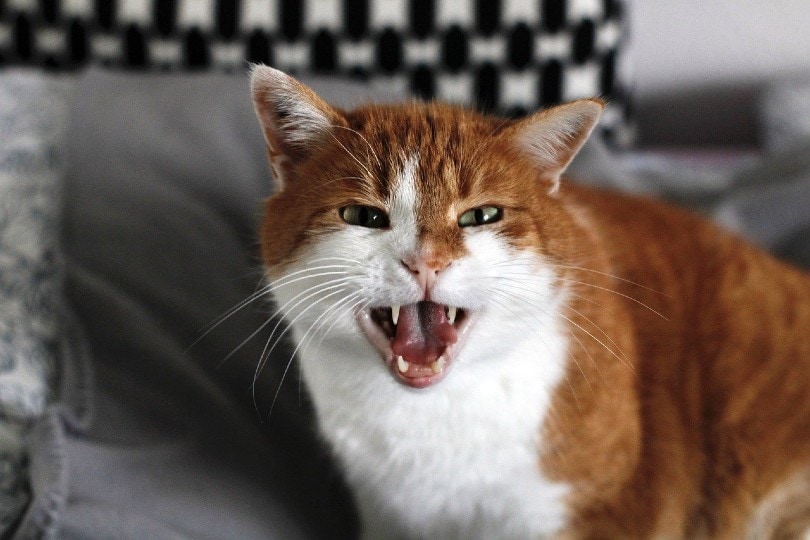
What Are the Signs of Cat Resource Guarding?
You don’t need to be a rocket scientist to recognize the signs of resource guarding. Cats make it pretty evident when they’re displeased. When all is right with the world, felines hold their ears up with their tails in a relaxed position. An angry cat, on the other hand, will pull their ears flat against their heads with their pupils dilated and the hairs on their backs standing upright. Signs of aggression and signs of resource guarding can often overlap. These include:
- Stalking
- Chasing other pets or people in the house
- Hissing to warn others to stay away
- Swatting at other pets and humans
- Blocking another pet’s access to what they’re guarding
- Spraying on items or people
It also helps to know what your cat might be guarding to begin with. Potential resources your cat may be guarding include:
- Food
- People
- Toys
- Litter boxes
- Cat trees
- Cat scratchers
- Napping spots
- Anything they deem as “theirs”
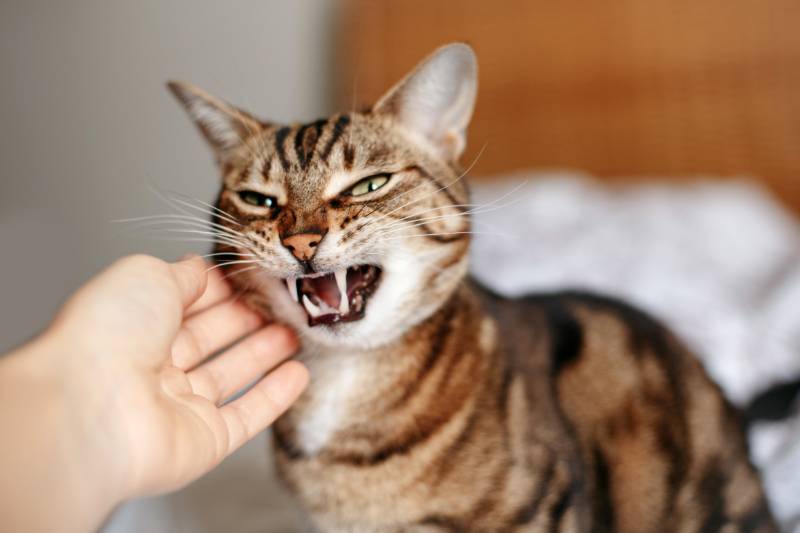
What Are the Causes of Cat Resource Guarding?
Resource guarding is thought to be most likely to happen when there is a perceived lack of resources. There is usually also underlying stress that triggers this behavior. However, improper socialization is another potential cause of resource guarding.
Genetics may also play a role. One study on various cat breeds found that Turkish Vans had a greater propensity for aggression toward humans and other felines, though the study population was limited. On the other end of the spectrum, Oriental, Burmese and Korat cats were found more likely to be friendly toward both groups. Resource guarding may occur during a kitten’s ranking period when dominance is on the line. It can even include humans.
How Do I Care for a Cat That Is Resource Guarding?
Not ignoring the issue is imperative. It won’t get better as a kitten grows up or goes unchecked in adulthood. It’ll likely get worse, especially if it’s reinforced with conditioning. It’s best to nip it in the bud. The first thing you should do is consult your vet. Resource guarding can result from health issues. For example, researchers have observed it occurring in pets with chronic gastrointestinal disease or muscle pain.
Felines hide their pain well. However, that doesn’t stop them from acting out in a process known as redirected aggression. Something else is upsetting them, and they take it out on the next one who comes along, whether it’s the family dog or a household member.
Resource guarding can be a manifestation of territorial behavior associated with sexual maturity. If your cat isn’t neutered, you should discuss your options with your vet. This behavior may be a way for your pet to defend their turf, which includes their food, water bowl, and toys.
If you have multiple cats, you should feed them separately out of their own bowls. You can even put them in different rooms for mealtime.
Your pet may engage in resource guarding if they feel stressed because of changes in your household, whether it’s a new cat, new furniture, or some unexpected change. Felines like their world to stay predictable. Changes can mean threats to their resources. Thus, your kitty may be motivated to protect them. You may find a pheromone spray helpful to reassure your pet. If things don’t improve, discuss the issue with your vet or a veterinary behaviorist.
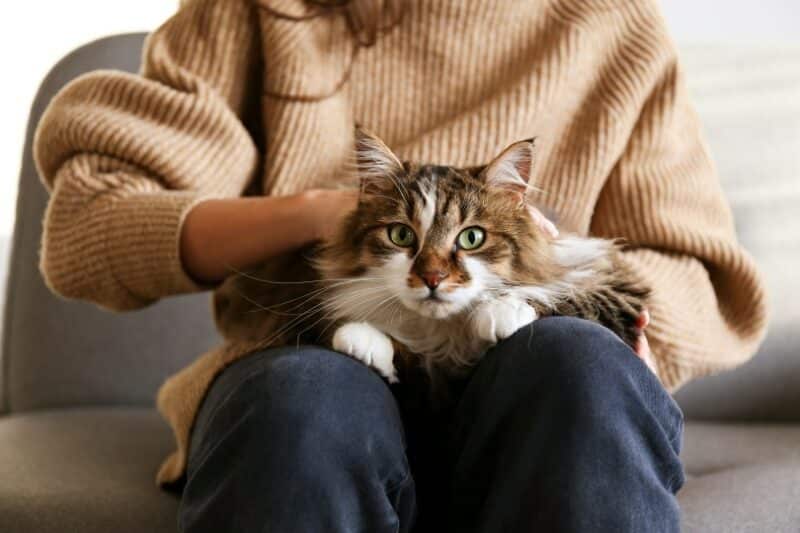
Frequently Asked Questions (FAQs)
Is this issue resolvable?
Sometimes. It may take time, but in many instances it can be improved or resolved. Nurturing positive associations between the resource-guarding cat and the agitator to build trust and create a peaceful repertoire is an excellent way to start.
What if my resident cat won’t let the other one near me?
Sharing the love is essential. Punishing a pet for guarding you isn’t the answer. Instead, walk away from the scene. Your kitty will soon learn that upsetting you keeps them from their favorite place—your lap.
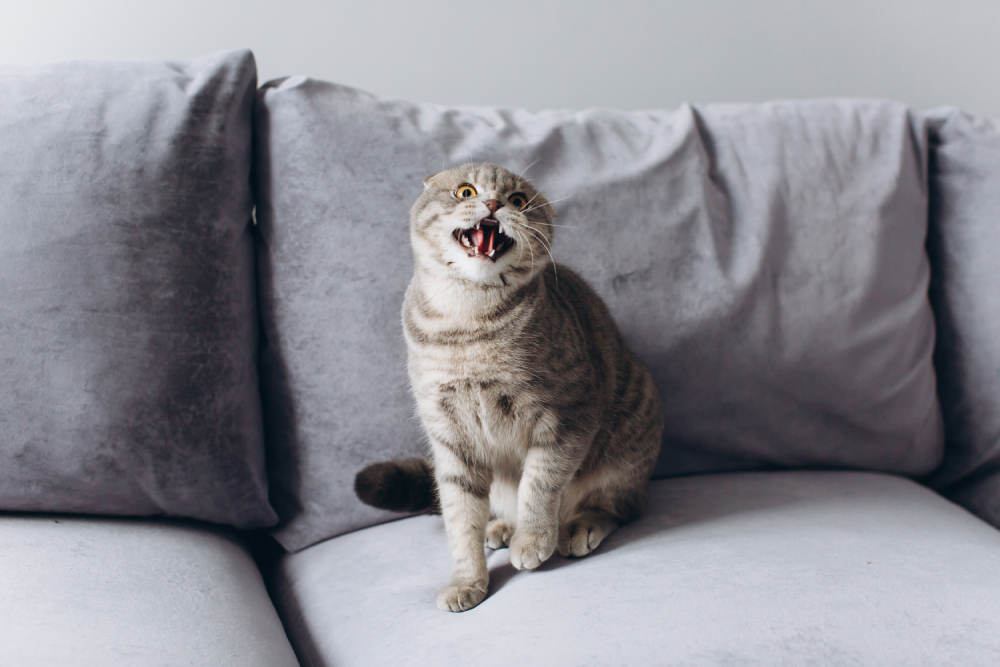
Conclusion
Resource guarding can be an instinctual behavior for cats, particularly rescues and very young animals who are poorly socialized. The bottom line is survival. Your kitty isn’t being mean; they are protecting the things they need to survive, like food and water. However, your responsibility as a pet owner is to curb unnecessary aggression as soon as you notice it. Speak with your veterinarian to determine which options are available to help your cat, including referral to a specialist who deals in feline behavioral issues.
See also:
- Are Laparoscopic Spays Preferable to Traditional Ones?
- Eating Disorders in Cats: Signs, Causes & Treatment (Vet Answer)
Featured Image Credit: Zhuravlev Andrey, Shutterstock

